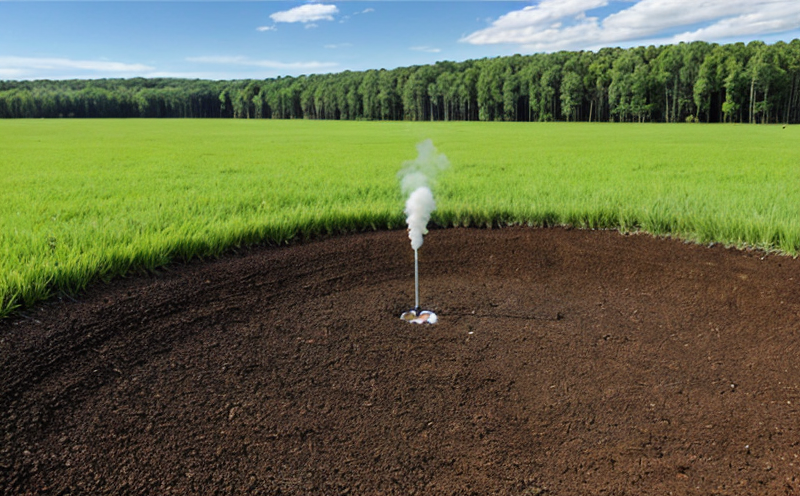DIN 38414 Leachability of Solids from Mining Waste Testing
The DIN 38414 test method is a critical component in the environmental impact assessment of mining waste, designed to determine the leachability of solids into aqueous solutions. This test is essential for assessing potential contamination risks associated with mine tailings and other solid waste materials from various mining sectors such as metal and coal mining.
The process involves simulating the natural conditions under which solids may interact with water over time, thereby releasing potentially harmful substances like heavy metals or acidic compounds into the environment. This testing is particularly important in regions where there are concerns about soil and groundwater contamination due to mining activities.
Compliance with DIN 38414 ensures that mining operations adhere to stringent environmental regulations aimed at minimizing adverse impacts on ecosystems and human health. By conducting this test, companies can demonstrate their commitment to sustainable practices by identifying potential risks early in the lifecycle of a mine or waste facility.
The standard specifies precise procedures for preparing samples, setting up leach tests, measuring release rates, and evaluating results based on predefined criteria. These guidelines are designed to ensure consistent and reliable testing across different laboratories and jurisdictions, enhancing confidence in data obtained from these evaluations.
Understanding the importance of this test requires knowledge about its application within broader environmental management frameworks. For instance, it plays a crucial role in supporting decisions regarding waste disposal methods or strategies for rehabilitating mined lands post-extraction activities. Additionally, compliance with such standards helps maintain good standing among stakeholders including regulators, local communities, and investors who expect responsible corporate behavior.
In practice, the DIN 38414 test is conducted by placing representative samples of mining waste into specially prepared containers containing distilled water at specified temperatures (typically room temperature). Over a set period (usually several weeks), the amount of dissolved contaminants in the leachate is measured using analytical techniques like atomic absorption spectrometry or inductively coupled plasma mass spectrometry.
The results provide valuable insights into the rate and extent of metal dissolution, which can then inform remediation plans if necessary. It also helps assess whether current containment measures are effective in preventing contamination spread beyond designated boundaries.
Why It Matters
The leachability testing under DIN 38414 is crucial for understanding the environmental risks posed by mining waste materials. This information is vital not only for regulatory compliance but also for protecting natural resources and public health. By quantifying the release of toxic elements from solid wastes into surrounding environments, this test helps identify hotspots where further mitigation efforts might be needed.
For quality managers responsible for overseeing environmental performance metrics, these tests offer a means to track progress towards sustainability goals set forth by international organizations like ISO or EU directives. They provide data that can influence strategic decisions around investment in cleaner technologies or operational changes aimed at reducing emissions and waste generation rates.
Why Choose This Test
Selecting DIN 38414 for leachability assessment offers several advantages over other methods available on the market today. Firstly, it provides a standardized approach recognized globally, ensuring consistency in results across different laboratories worldwide. Secondly, its rigorous protocols minimize variability due to operator error or equipment discrepancies.
Furthermore, compliance with DIN 38414 demonstrates commitment to responsible resource management and sustainable development principles. It enhances reputation among consumers seeking eco-friendly products derived from responsibly sourced materials. Additionally, successful completion of this test can open doors to new markets where stringent environmental standards are enforced.
Environmental and Sustainability Contributions
Reduces risks associated with water pollution by quantifying metal leaching rates.
Supports development of more effective waste management practices through informed decision-making processes.
Encourages innovation in green technology applications related to mine reclamation projects.
Promotes transparency and accountability among stakeholders regarding environmental impacts caused by mining activities.
The implementation of DIN 38414 contributes significantly to global efforts aimed at promoting cleaner production processes and reducing overall ecological footprints. By adhering to this standard, organizations contribute positively towards achieving United Nations Sustainable Development Goals related to responsible consumption and production.





